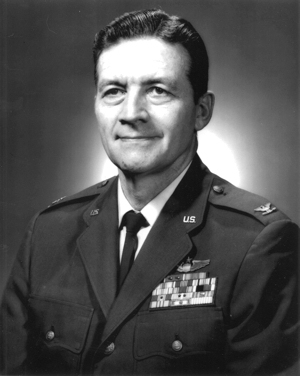“We’re surrounded by mountains — the snow sets in. The helicopter passes are impassible by helicopter and the roads could be clogged up,” Poe said in the report. “Utilizing airdrops with the GPS-guided parachutes allows us that avenue to use in case we can’t get resupplied by helicopters or vehicles by the road, which is a typical case come winter here.”
This is very cool. Logistics is so important to the war effort, and it looks like paracargo is really shining in Afghanistan. I like it because it reduces the amount of convoy operations needed, which then equates to less targets for the enemy on the ground. Attacking logistics is definitely a goal of the enemy, and paracargo is a great way to get around that. Especially when we are using precision guided paracargo systems like the JPADS. –Matt
Afghanistan airdrops surpass record levels in 2011
Posted 1/9/2012
by Master Sgt. Scott T. Sturkol
Air Mobility Command Public Affairs
In 2011, mobility Airmen delivering airdrops reached a new annual record with 75,956,235 pounds of cargo delivered. That’s nearly 16 million more pounds delivered than the previous record set in 2010 of 60,400,000.
At more than 75.9 million pounds – that’s the equivalent of standing on a mountain top and watching 553 Army M1 Abrams tanks — or even 11,868 Chevrolet Silverado trucks — floating down from the sky with parachutes to a landing zone.
The record number, as recorded by Air Forces Central’s Combined Air Operations Center at a non-disclosed base in Southwest Asia, is also larger than the total number of pounds delivered in Afghanistan by airdrop from 2006 to 2009 which combined is 60,525,969 pounds.
On average mobility Airmen airdropped 6,329,686 pounds of cargo each month in 2011. Mobility Airmen completing the airdrops flew C-130 Hercules and C-17 Globemaster III aircraft from various deployed bases. They also completed the airdrops in various forms – from the the use of the traditional Container Delivery System, or CDS, bundles to the Joint Precision Airdrop System, or JPADS.
